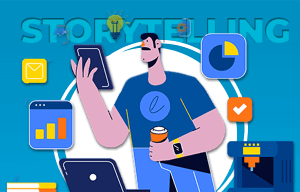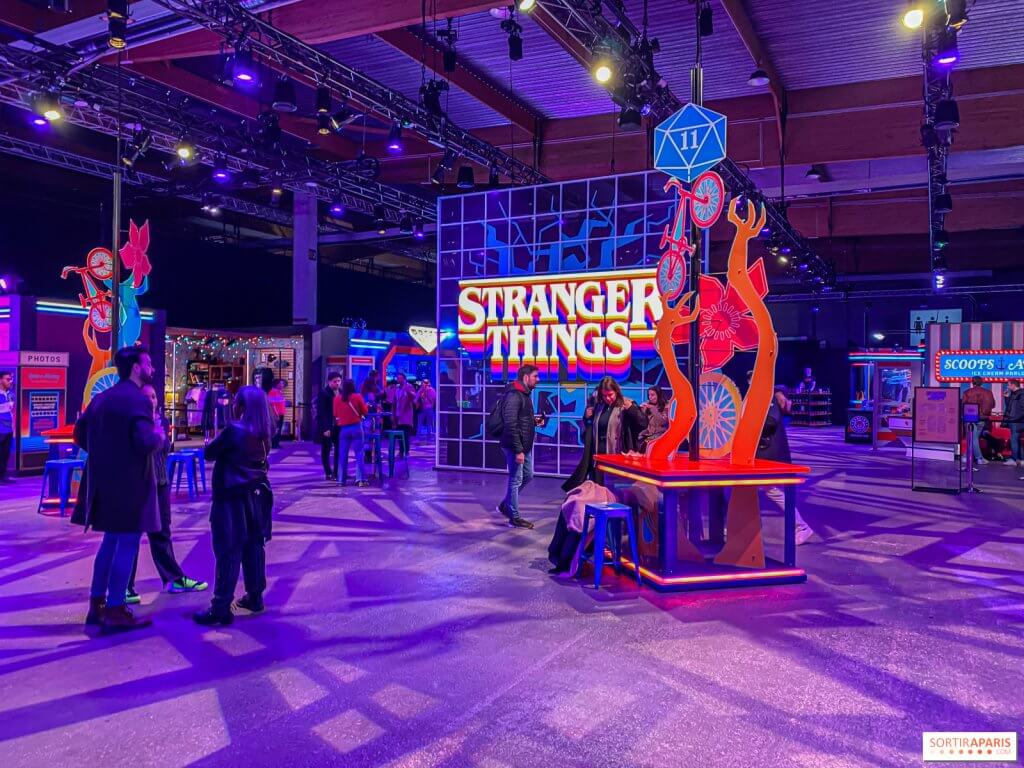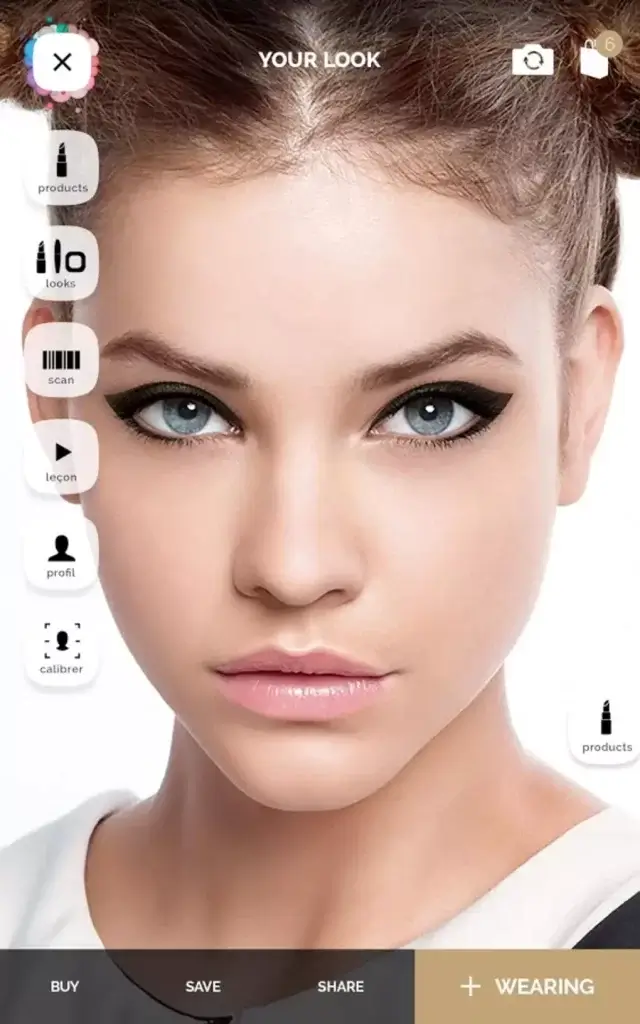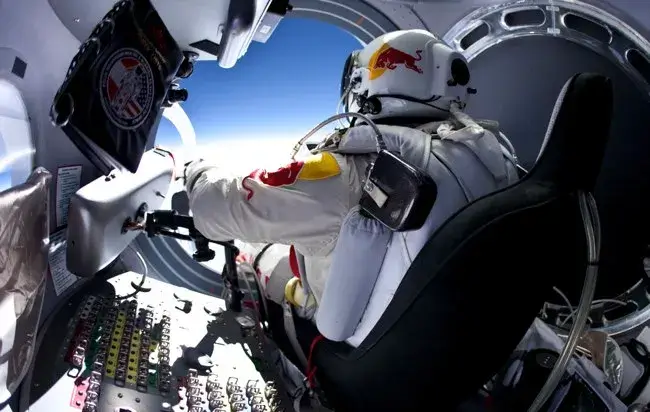
The Power of Storytelling in Event Marketing
Storytelling is a powerful tool in event marketing. It creates an emotional connection between a company, its products, and its customers. Effective storytelling increases engagement

Experiential marketing is a marketing strategy that invites an audience to interact with a business in a real-world or virtual interactive experience. Using participatory, hands-on, and tangible branding material, the business can show its customers not just what the company offers, but what it stands for.
Experiential marketing, also known as engagement marketing, live marketing, or participation marketing, might sound a bit like event marketing, which makes sense — experiential campaigns do tend to be event-centric. But, if you know about experiential marketing, we’ve got something for you still. We’ve got an experiential marketing playbook that event planners and organisers can use to bring hype and buzz to their event. In fact, we’ve got a few different ideas that you can steal, or use as inspo for your event… Completely free of charge.
So, click the link below if you want to steal our playbook and bring marketing buzz and buy-in to your event.
When an experiential marketing campaign is event-centric, it’s dedicated less to the type of event — like a concert, festival, conference, etc. — and more to interactions between the brand and the customer.
Experiential marketing has become increasingly important because it allows businesses to connect deeper with customers. The key difference between experiential marketing and other types of marketing is that an experience takes place in “real” life.
The main advantages of experiential marketing include the following:
Experiential marketing works by creating an experience that engages the audience with the brand in a meaningful and memorable way. The experience can be offline, such as a live event, a trade show, a demo day, etc., or online, such as a webinar, a virtual reality, or a metaverse.
The experience can also be a combination of both, such as a hybrid event, a live stream, or an augmented reality. The experience can be designed to achieve various goals, such as raising awareness, generating leads, driving sales, or creating loyalty.
The experience can also be measured and evaluated, using various metrics, such as attendance, engagement, spending, satisfaction, or loyalty. The data and feedback collected from the experience can be used to improve future experiential marketing campaigns, as well as other marketing strategies.
What are some examples of experiential marketing?
There are many examples of experiential marketing campaigns from different industries and topics, such as movies, sports, beauty, and more.
To promote the third season of the popular sci-fi series, Netflix created an immersive experience that transported fans to the fictional town of Hawkins, Indiana, in the 1980s. The experience included a replica of the Starcourt Mall, where fans could shop, eat, and play arcade games, as well as a secret underground lab, where fans could encounter the show’s monsters and mysteries.

The experience also featured actors dressed as the show’s characters, as well as interactive elements, such as phone booths, radios, and TVs, that played clues and messages from the show. The experience attracted thousands of fans and generated millions of social media impressions.
To launch its new React running shoe, Nike created a pop-up store that invited customers to test the shoe in a fun and interactive way. The store featured a treadmill surrounded by LED screens, sensors, and speakers, that simulated different terrains, such as grass, sand, and gravel, as well as different sounds, such as birds, waves, and traffic.
The store also featured a foam pit, a ball pit, and a bounce house, where customers could experience the shoe’s cushioning and responsiveness. The store also collected data on the customers’ performance, such as speed, distance, and calories burned, and provided them with personalized feedback and recommendations.


To showcase its makeup products and services, L’Oréal created a mobile app that used augmented reality to allow customers to try on different looks and styles. The app used the phone’s camera to scan the customer’s face and apply the makeup in real time, as well as adjust to different lighting and angles. The app also allowed customers to browse and buy the products, as well as share their looks on social media. The app was downloaded over 20 million times and increased L’Oréal’s online sales by 30%.
Red Bull is arguably the king of experiential marketing. There’s countless examples of Red Bull putting their brand in and around ground-breaking extreme sports, music and e-sports experiences.
The skydive involved Austrian daredevil Felix Baumgartner, who jumped from a helium balloon at an altitude of 39 kilometers, reaching a speed of over 1,300 kilometers per hour, and breaking the sound barrier. The skydive was live-streamed on YouTube, attracting over 8 million viewers, and generated over 3 billion media impressions. The skydive also increased Red Bull’s sales by 7% and boosted its brand value by 12%.

To celebrate its 25th anniversary in the UK, IKEA invited 100 lucky customers to spend a night at one of its stores.

The customers were treated to a range of activities, such as massages, manicures, bedtime stories, and movies, as well as a choice of beds, pillows, and duvets. The customers were also served breakfast in bed and given a goodie bag to take home. The sleepover generated a lot of buzz and publicity for IKEA, as well as positive feedback from the customers.
Creating a successful experiential marketing campaign requires careful planning and execution, as well as a clear understanding of your goals, audience, and budget. Here are some tips to help you create a successful experiential marketing campaign:
What do you want to achieve with your experiential marketing campaign? Do you want to raise awareness, generate leads, drive sales, or create loyalty? How will you measure your success? What metrics will you use to evaluate your performance?
Who are you targeting with your experiential marketing campaign? What are their needs, preferences, and expectations? How can you reach them and engage them? What channels and platforms will you use to communicate with them?”
What type of experience do you want to create for your audience? What elements and features will you include in your experience? How will you make your experience immersive, interactive, and memorable? How will you align your experience with your brand identity and values?
How will you implement your experiential marketing campaign? What resources and tools will you need? What partners and vendors will you work with? How will you manage and coordinate your team and activities? How will you handle any challenges or risks?
How will you collect and analyze data and feedback from your experiential marketing campaign? What insights and learnings will you gain from your experience? How will you use them to improve your future experiential marketing campaigns, as well as other marketing strategies?
If you are planning a music festival and want to create some buzz and excitement around it, you could use an experiential marketing campaign that involves a QR code game that reveals clues for the acts that are performing at the festival. This would be a fun and interactive way to engage your potential attendees and influencers, as well as to generate leads and conversions for your tickets and merchandise.
To implement this campaign, you would need to create a landing page that hosts the game and the clues, design the game and the clues in a way that is relevant and challenging for your audience, set up a system that tracks and rewards the players, and distribute the QR codes on your flyers, wristbands, or posters.
You could also send the QR codes to selected influencers, who could share them with their followers and invite them to join the game.
By creating this experiential marketing campaign, you would be able to create a memorable and engaging experience for your audience, as well as increase your brand awareness, create an emotional connection, create engagement, create differentiation, and create personalization. With these benefits in mind, you would be able to create a successful music festival that attendees would be talking about for years to come.
Experiential marketing is a powerful tool that can help businesses create a memorable and engaging experience for their customers. By creating an immersive experience that engages all the senses and leaves a lasting impression on attendees, businesses can increase brand awareness, create an emotional connection, create engagement, create differentiation, and create personalization. With these benefits in mind, you can create a memorable event that attendees will be talking about for years to come.
And as always, AAC is the one-stop shop for your event. If you need, ID, wristbands, tickets, tokens, signage, print or promo promo products for your event, we’ve got you covered!

Storytelling is a powerful tool in event marketing. It creates an emotional connection between a company, its products, and its customers. Effective storytelling increases engagement

Schoolies/Leavers is a time to celebrate the end of your schooling journey with your friends and have some fun. But it can also be a
8 Millennium Circuit, Helensvale, QLD, 4212, Australia
Monday – Friday
8:30am – 5:00pm AEST
Subscribe to our newsletter for all the latest offers
We wont be beaten, Just try us!
Free shipping over $350.00
Via Stripe Payments
store location
8 Millennium Circuit, Helensvale, QLD, 4212, Australia
Monday – Friday
8:30am – 5:00pm AEST
newsletter
Subscribe to our newsletter for all the latest offers
